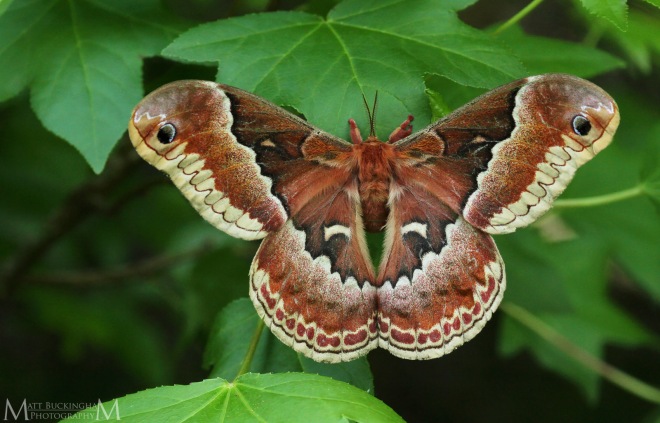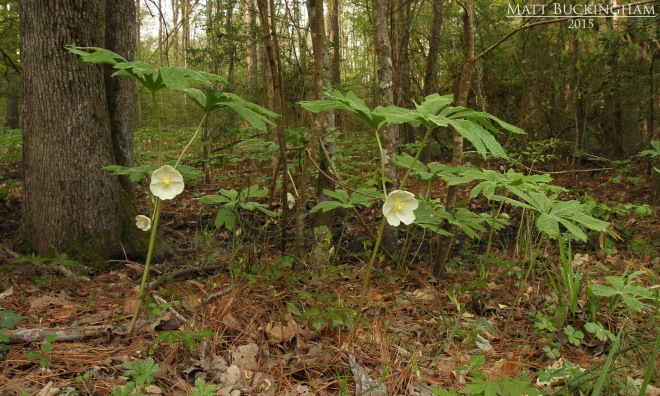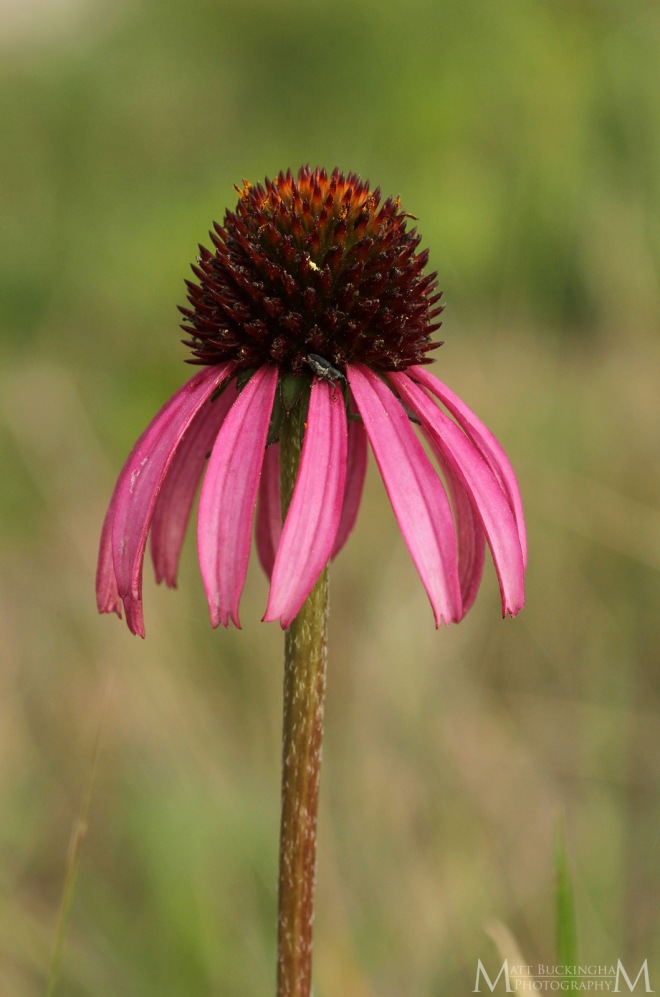April was off to a good start. I managed to check off five species early on, and had high hopes for the rest of the month. Unfortunately I couldn’t keep up the momentum and was unable to find any of my targets in April’s second half. I tried to locate Clasping Jewelflower (Streptanthus maculatus), Creeping Bluestar (Amsonia repens) and Texas Lady’s Tresses (Spiranthes brevilabris) at some historic sites with no luck. I hoped to check some locations in northeast Texas for Tapertip Trillium (Trillium viridescens), Fire Pink (Silene virginica), and Downy Yellow Violet (Viola pubescens), but was unable to make it that way. I doubt that I’ll get a chance to see these species this year…maybe next year! The following are the species on my 2017 biodiversity list I was able to find and photograph in April:
Missouri Foxtail Cactus (Escobaria missouriensis)
Nuttall’s Death Camas (Toxicoscordion nuttallii)
Widow’s Cross (Sedum pulchellum)
Blue Lupine (Lupinus perennis)
Green Adder’s Mouth Orchid (Malaxis unifolia)

The following are some interesting observations I made in April:
I’ll start this post like March’s recap, with a giant Saturniid moth. For me, seeing this Promethea Moth (Callosamia promethea) was one of the most exciting of the year thus far. The Promethea Moth is a species typical of the rich deciduous forests of the Eastern U.S. Though range maps show it entering extreme eastern Texas, I am aware of few records of its occurrence in the state. I certainly have never seen one. Pictured is a female. Promethea Moths are sexually dimorphic, with males being much darker. I spent some time photographic her in all of her brilliance, and left her to continue pumping pheromones into the evening air, leaving chemical trails for males to seek her out and propagate future generations.

Promethea Moth
In April I also found a few new populations of the uncommon Indian Pink (Spigelia marilandica) on the rich deciduous slopes of the Pineywoods.

Indian Pink
While looking for the Kentucky Lady’s Slipper we came across this attractive Three-toed Box Turtle (Terrapene carolina triunguis). Most box turtles immediately withdraw into their shells when approached. This individual was fairly bold and allowed us to approach for some portraits.
Box Turtles have an interesting relationship with Mayapple (Podophyllum peltatum), a spring ephemeral of rich eastern forests. These terrestrial turtles are the primary dispersal mechanism for Mayapple seeds. Most parts of the plant are toxic, however the ripe fruits are edible. While other animals will consume, process, and deposit the seeds; studies have shown that those that have passed through the digestive system of the box turtle have the highest rate of germination. Indeed, the drooping fruits seem to rest at a perfect height for a hungry box turtle.

Three-toed Box Turtle

Mayapple taken in March 2014
While exploring the Big Thicket we came across the uncommon Piedmont Staggerbush (Lyonia mariana). A member of the heath family (Ericaceae).

Piedmont Staggerbush
Carolina spotted this White-eyed Vireo (Vireo griseus) dutifully incubating its eggs.

White-eyed Vireo
The Carolina Larkspur (Delphinium carolinianum) is Carolina’s favorite Texas native flower. Every year we seek them out. This year we found a large population in a xeric sandhill north of San Augustine. We also observed several Prairie Milkvines (Matelea cynanchoides), another species typical of these woodlands on deep sands.

Carolina Larkspur

Prairie Milkvine
We also spent an afternoon in a Fleming Prairie Remnant, where I photographed the Reflexed or Topeka Coneflower (Echinacea atrorubens), and Prairie Penstemon (Penstemon cobaea), two species that are rare in the Pineywoods.

Reflexed Coneflower

Prairie Penstemon
I hope to focus on the unique flora and fauna of xeric sandhills and prairie remnants in future blog posts. As the temperatures warm in May I hope that I will finally be able to check the first animal species off my list, though there are still plenty of plants to seek out, and special places to explore.
